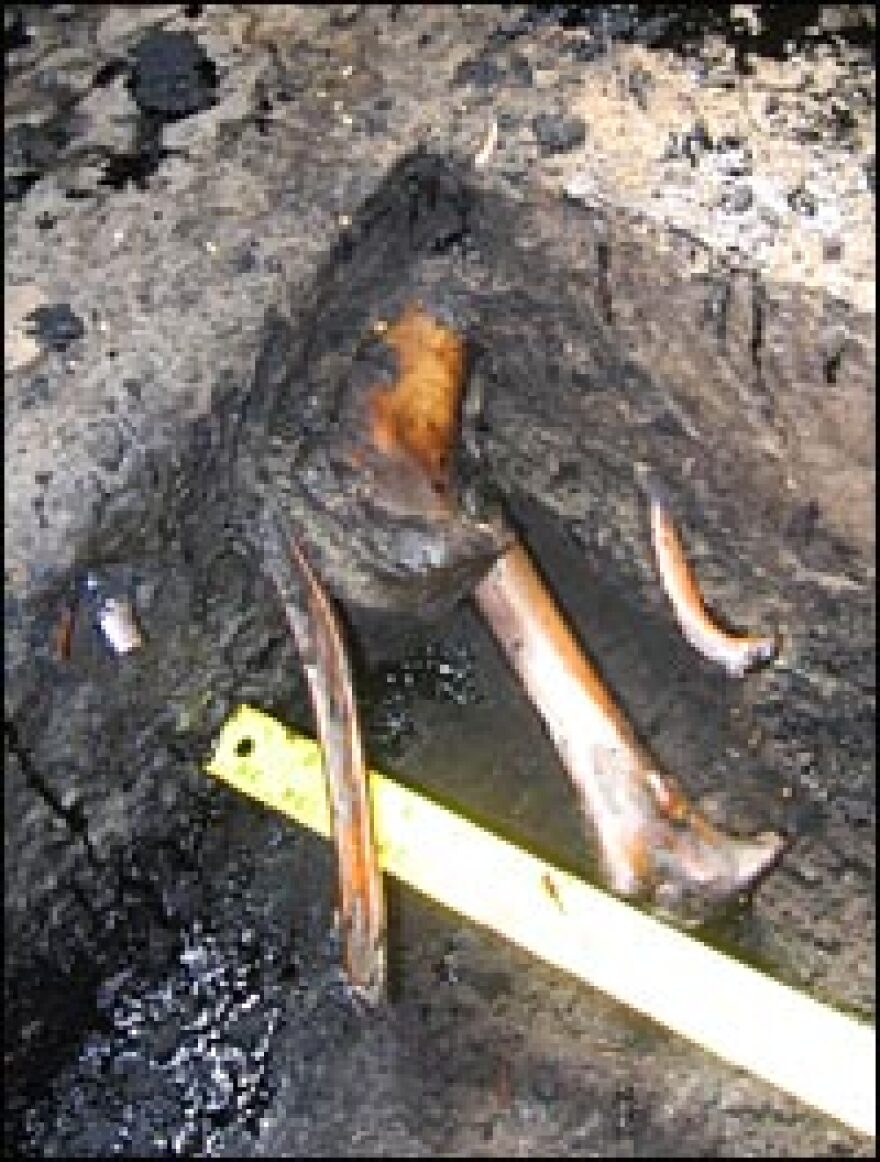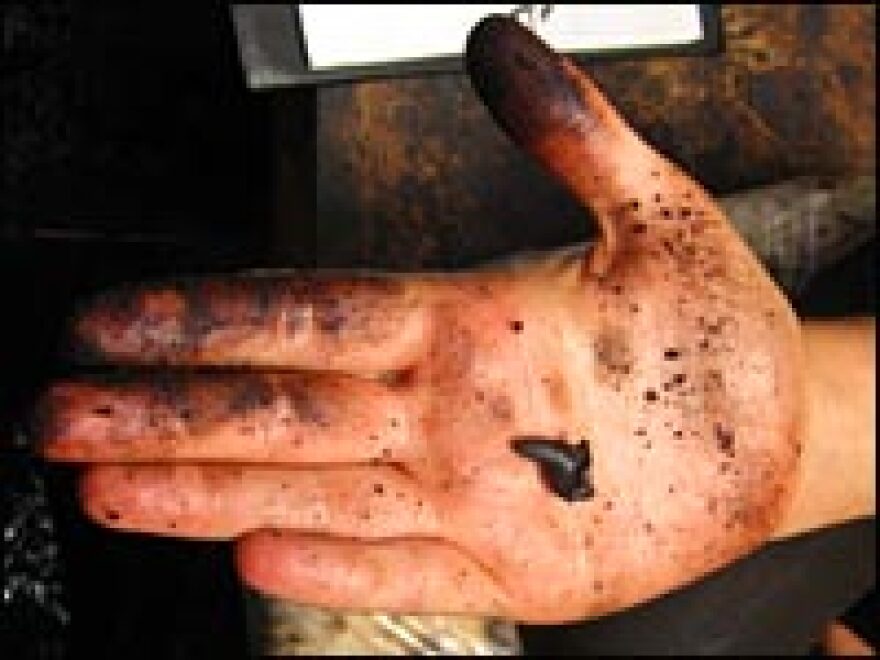


The La Brea Tar Pits is one of those iconic only-in-Los Angeles places -- a festering pool of natural liquid tar and bubbling methane boiling up from an underground reservoir of petroleum that ironically continues to be a favorite stop for tourists and locals alike.
Just next door to the world-famous Los Angeles County Museum of Art at the heart of the Miracle Mile, the La Brea Tar Pits ("la brea" is Spanish for "the tar," making the official name of the site "the the tar tar pits") hides a mother lode of remains of animals who got stuck in the sticky goo thousands of years ago.
With help from a dedicated cadre of volunteers, paleontologists with the Page Museum continue to excavate the remains of saber tooth cats, dire wolves and other creatures from the Ice Age, more than 40,000 years ago. Back then, big animals roamed the region, and the tar pits inadvertently helped to preserve a snapshot of the natural diversity that dominated the age.
"A bison, or a horse, or a ground sloth or a camel would... become stuck, just like a fly on a flypaper," says Page Museum curator John Harris. "And so this would attract the local carnivores -- in would come the saber-toothed cats and the dire wolves and the lions to feed off the remains. And of course, they would get stuck in turn. Then down would come the vultures and the birds of prey -- and they, too, would get stuck. And in come the flies to feed off them, and they would get stuck."
What remains of the creatures is a gloppy soup of bones. Since 1915, scientists have discovered more than 650 species of animals and plants at one of the pits alone, Pit 91. Sometimes the remains of as many as 50 specimens are recovered each day during the height of the summer excavation season.
Harris says Pit 91 is giving scientists a glimpse of what Los Angeles was like 40,000 years ago -- and maybe serve as a warning for what's in the future. "Perhaps we can seek to find a direct parallel between what happened then and what's happening now," he says. "If global warming goes on the way it does, (the La Brea Tar Pits) is going to be under water, as it was 100,000 years ago."
Copyright 2022 NPR. To see more, visit https://www.npr.org.



